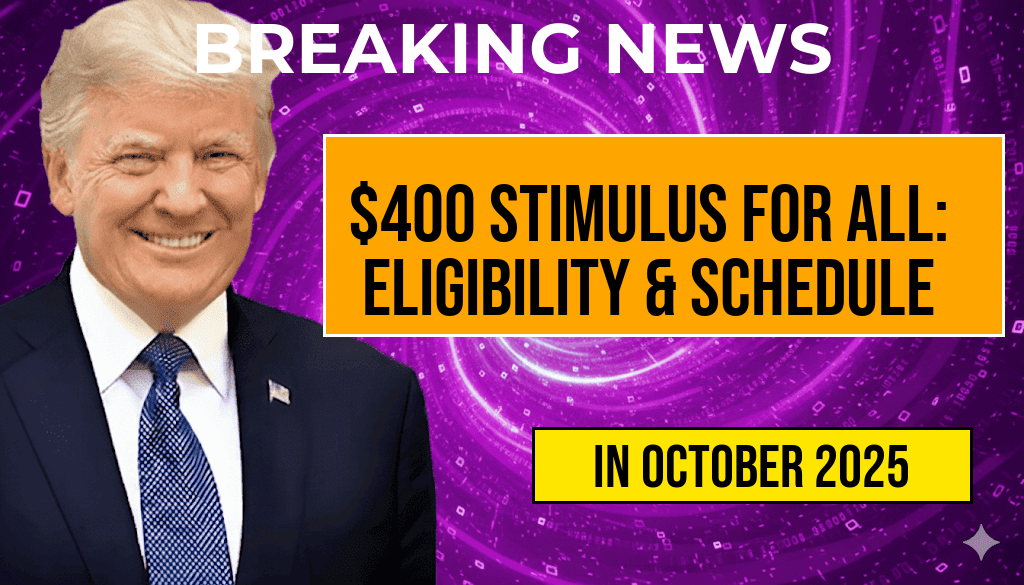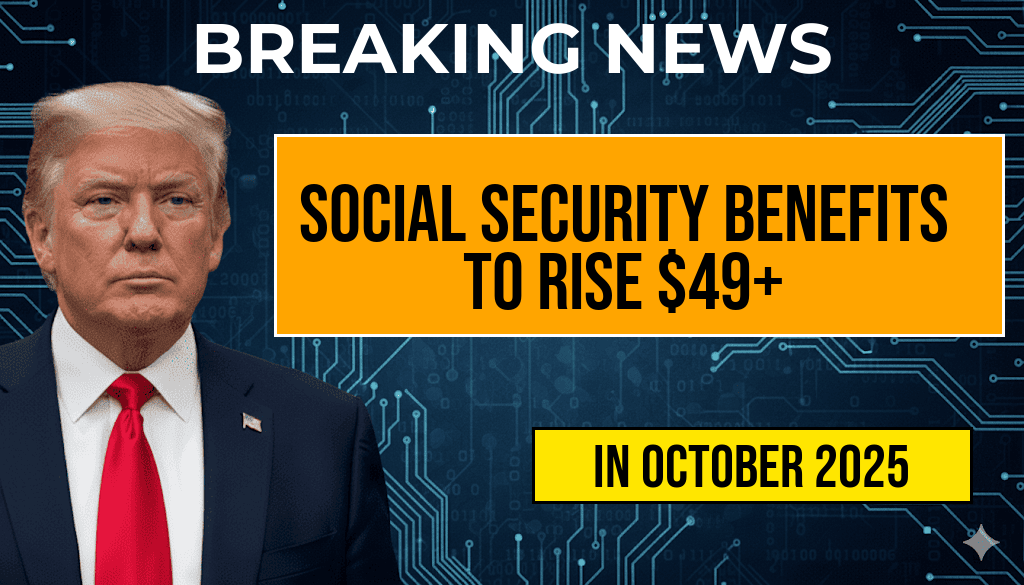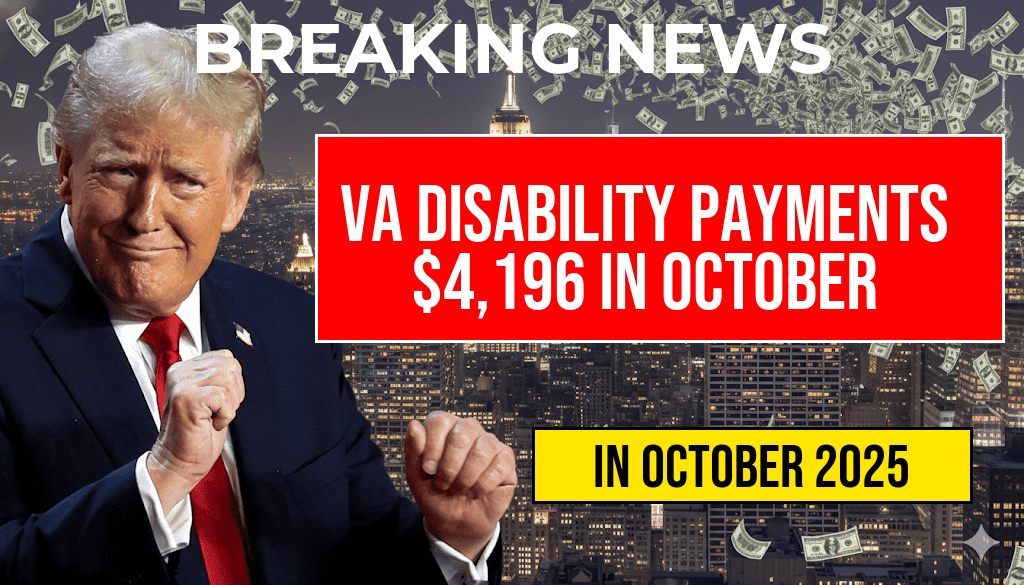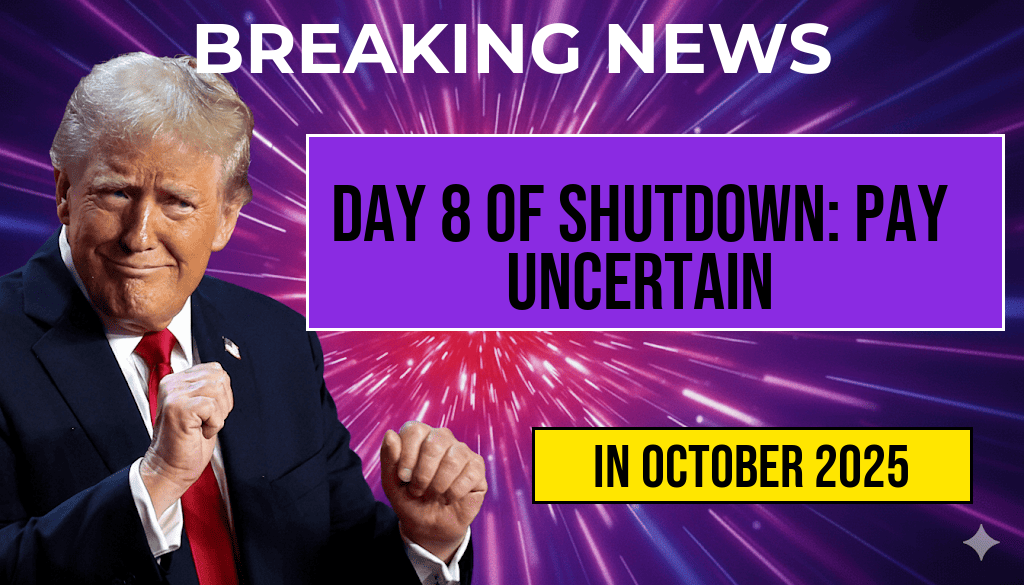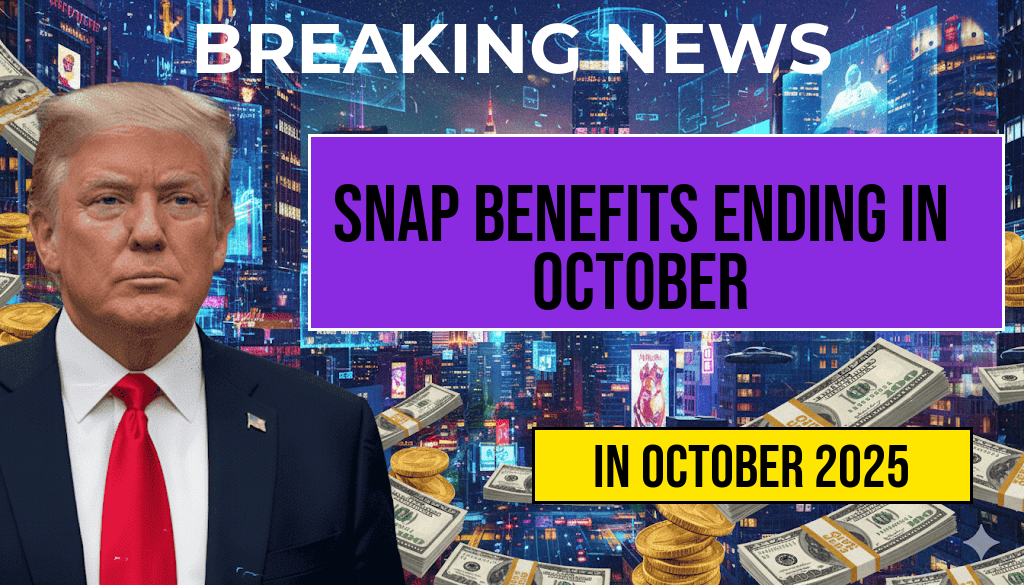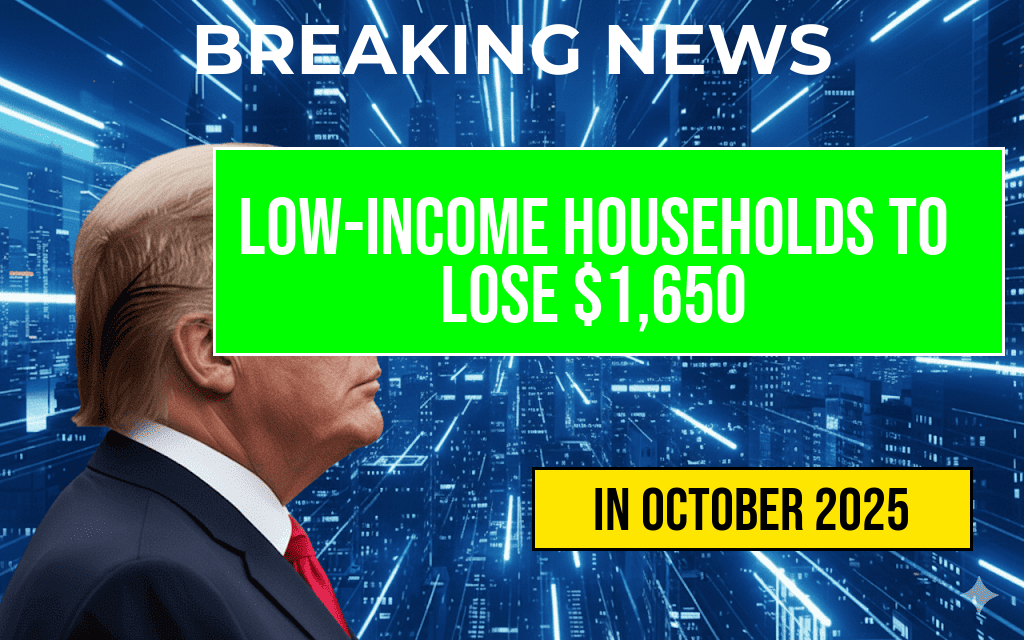A new federal stimulus initiative aims to provide $400 payments to eligible Americans as part of ongoing efforts to support economic recovery amidst recent financial challenges. The program, announced by government officials, is expected to benefit millions across the country, with payments scheduled to begin early next month. Eligibility criteria are designed to target low- and middle-income households, with specifics varying by state and local jurisdictions. The complete payment schedule spans several months, ensuring timely distribution while allowing for administrative adjustments. This initiative underscores ongoing federal support measures, complementing existing programs such as unemployment benefits and food assistance. Eligible residents should review the detailed requirements and timeline below to confirm their participation and ensure receipt of funds.
Who Qualifies for the $400 Stimulus Payment?
Eligibility Criteria Overview
The stimulus payment is primarily aimed at individuals and households experiencing financial hardship or meeting specific income thresholds. The criteria include:
- Income Limits: Households with annual incomes below $75,000 for individuals or $150,000 for married couples filing jointly.
- Residency Status: U.S. citizens or qualifying residents who have filed taxes for the previous year.
- Employment Status: Workers who have experienced income reduction due to recent economic disruptions are prioritized.
- Dependents: Households with dependents may receive additional support through supplementary benefits, but the core $400 payment is generally per eligible individual.
State-specific adjustments may apply, especially in regions with unique economic situations or ongoing relief programs. For detailed eligibility information, residents are encouraged to consult their state’s official revenue or social services website.
Additional Eligibility Considerations
Applicants must have filed a recent tax return or registered for direct deposit through the IRS portal. Non-filers can still qualify by submitting a simplified application online, with processing times varying by jurisdiction. Certain categories, such as incarcerated individuals or individuals with outstanding legal issues, may be ineligible. To verify personal eligibility, residents should review the official guidelines published by the Internal Revenue Service (IRS).
Payment Schedule and Distribution Timeline
Phased Rollout of Funds
| Payment Phase | Start Date | End Date | Notes |
|---|---|---|---|
| Initial Disbursement | April 5, 2024 | April 15, 2024 | Early recipients via direct deposit |
| Secondary Phase | April 16, 2024 | April 30, 2024 | Checks mailed to eligible households without direct deposit |
| Ongoing Payments | May 1, 2024 | June 30, 2024 | Additional payments based on updated eligibility lists |
The distribution timeline is subject to adjustments based on administrative capacity and volume of applications. Residents are advised to monitor official channels for updates and confirmation of payment dates.
How to Claim the $400 Stimulus Payment
Application Process
Most eligible individuals will receive their payments automatically if they have filed taxes and provided direct deposit information. For those who did not, the process involves:
- Registering via the official IRS portal.
- Providing necessary documentation, including proof of income and residency.
- Ensuring that bank details are accurate to facilitate direct deposit transfers.
Individuals are urged to avoid third-party websites claiming to expedite or guarantee payments, as official channels are the safest source for information and application submission.
Additional Support and Resources
Beyond the direct stimulus payments, several complementary programs remain available for qualifying households, including food assistance, unemployment benefits, and housing support. The U.S. government benefits portal offers comprehensive guidance on ongoing aid programs and eligibility criteria. For more detailed information on the stimulus payment initiative, residents should consult the official congressional website or contact local social services agencies.
Frequently Asked Questions
Question
Who is eligible to receive the $400 stimulus payment?
Individuals eligible for the $400 stimulus payment include those who meet specific income and filing requirements outlined by the program, such as being a resident of the eligible state and filing a tax return for the previous year.
Question
What are the eligibility requirements for the stimulus payment?
The eligibility requirements typically include having a valid Social Security number, meeting income thresholds, and filing a tax return within the specified period. Additional criteria may vary by state or program updates.
Question
When will the complete payment schedule be announced?
The complete payment schedule will be announced by the relevant authorities once the distribution process is finalized. It is recommended to stay updated through official channels for the latest payment dates.
Question
How will the stimulus payments be distributed?
The stimulus payments will typically be distributed via direct deposit to bank accounts or through checks sent by mail, depending on the recipient’s registration details and preferences.
Question
What should I do if I haven’t received my stimulus payment?
If you haven’t received your stimulus payment, you should check the status through the official portal, ensure your payment information is up to date, and contact the relevant agency if necessary for assistance.

